Lexus RX450h

The RX450h is one of the largest hybrid cars on the market, a battery-enhanced SUV that uses technology to minimise its impact. For the supersizing of the automobile doesn't appear to have peaked; big cars remain high up in the automotive pecking order, with little sign of an imminent toppling.
One of the few maxims of auto engineering is that innovation tends to filter down from the top. High-end buyers won't baulk at the size of their rides, but their willingness to pay for new technology makes them well-placed to take the first steps along the road to alternative forms of propulsion. Perhaps more than any other manufacturer, Lexus has exploited this, staking a claim as the leading techno-centric, eco-minded luxury manufacturer.

See more of the Lexus RX450h - a big car but with new technology to minimise its impact
Born out of secret brainstorming meetings in the early 1980s, Toyota's luxury division arrived fully formed in 1989, waltzing straight into the hearts and minds of America's brand-conscious buyers.
It's a position the company has managed to sustain, largely due to Lexus's unstinting investment in technology - the current LS model is perhaps the most advanced production car on the road. Of course, Toyota is also at the top of the pile when it comes to building hybrids, so it was only a matter of time before the two schools of engineering, sybaritic expertise and fuel-sipping know-how got together.
Although the luxury hybrid was something of a novelty when Lexus introduced the RX400h in 2006, it's telling to note that as of this month, you can only buy hybrid versions of the GS, LS and RX models in the UK.
While the former are both saloons, the RX belongs to that most controversial of product categories, the SUV. Lexus has had an SUV in its range since 1998, when the first (petrol only) RX300 was introduced. Fitting a hybrid system into the car made instant sense: offsetting the energy-gargling gadgets, well-stuffed leather seats and sheer bulk.
Receive our daily digest of inspiration, escapism and design stories from around the world direct to your inbox.
There are those who say - with some justification - that luxury profligacy is best soaked up with one of the new breed of ultra-refined diesel engines, of the type that BMW, Jaguar or Mercedes build with stylish aplomb. Diesel, however, has always had poor PR in the US, where it has never quite shaken off an association with dirty hands, truck stops, and clattering engines. Besides, fuel efficiency is the diesel's piece de resistance, a traditionally undervalued virtue in the States. Hybrids are way more of a statement.
The RX450h picks up where its predecessor left off, promising all-round improvements in equipment and efficiency. Stylistically, the rounded edges and curvy profile try, but largely fail, to conceal the car's heft. In markets where foursquare 4WDs dominate the roads, the RX looks slightly svelte - shades of the old advice about standing next to your fattest friend when being photographed - but it has none of the commanding presence of the slab-sided Range Rover, for example.
Inside, quality levels are high, with elevated seating and comprehensive controls. The vague steering and US-style gear selector don't feel quite right for a European audience, but don't forget that first and foremost Lexus is a well-targeted assault on the over-stuffed American wallet - this is a Stateside take on luxury, albeit honed to perfection in Japanese laboratories. What is undeniable is the refinement, a Lexus trademark. A whispered conversation can be carried out at motorway speeds, and the Mark Levinson audio system is beyond criticism.
The RX450h certainly isn't short of tricks, like the glide-along E(lectric) V(ehicle) mode, and sizeable, multi-configurable interior. A mouse-like device controls the myriad in-car systems and there's also a Head-Up display, projecting speed and other useful information just beneath your eyeline.
But as the presence of parking sensors and cameras imply, the RX is not up to being deftly threaded through traffic - instead, you're invited to sit back and enjoy the sea of stationary roofs ahead of you. That said, it's a supremely comfortable place in which to wait out the inevitable spots of congestion, the knowledge that the engine is switched off, silent, and contributing precisely zero CO2 to the world around you a small salve on the conscience.
Jonathan Bell has written for Wallpaper* magazine since 1999, covering everything from architecture and transport design to books, tech and graphic design. He is now the magazine’s Transport and Technology Editor. Jonathan has written and edited 15 books, including Concept Car Design, 21st Century House, and The New Modern House. He is also the host of Wallpaper’s first podcast.
-
 Robert Therrien's largest-ever museum show in Los Angeles is enduringly appealing
Robert Therrien's largest-ever museum show in Los Angeles is enduringly appealing'This is a Story' at The Broad unites 120 of Robert Therrien's sculptures, paintings and works on paper
-
 The Wallpaper* style team recall their personal style moments of 2025
The Wallpaper* style team recall their personal style moments of 2025In a landmark year for fashion, the Wallpaper* style editors found joy in the new – from Matthieu Blazy’s Chanel debut to a clean slate at Jil Sander
-
 Tokyo’s most cinematic stay reopens as an exercise in architectural self-control
Tokyo’s most cinematic stay reopens as an exercise in architectural self-controlPark Hyatt Tokyo and Studio Jouin Manku demonstrate how design can evolve without erasing memory, balancing modernist heritage with contemporary comfort
-
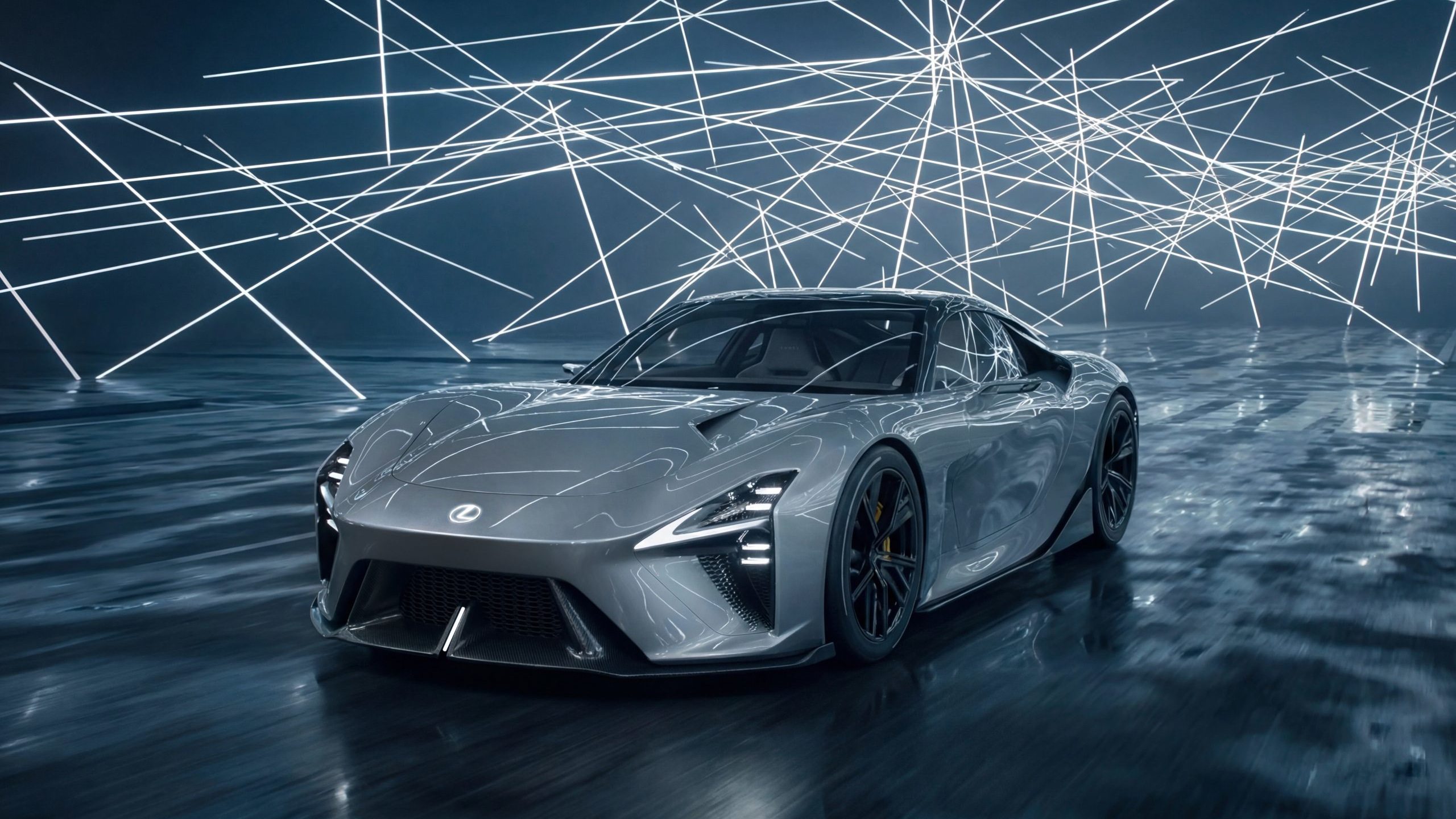 Lexus finally confirms the name of its all-electric LFA Concept supercar
Lexus finally confirms the name of its all-electric LFA Concept supercarStill designated a design study, the Lexus LFA Concept should be the successor to the most unlikely of all 20th-century supercars
-
 Lexus makes its mark on Milan Design Week 2025 with four new interactive installations
Lexus makes its mark on Milan Design Week 2025 with four new interactive installationsLexus’ annual installation at Milan Design Week focuses on human-centred technology and the role of data and design in shaping the luxury car of the future
-
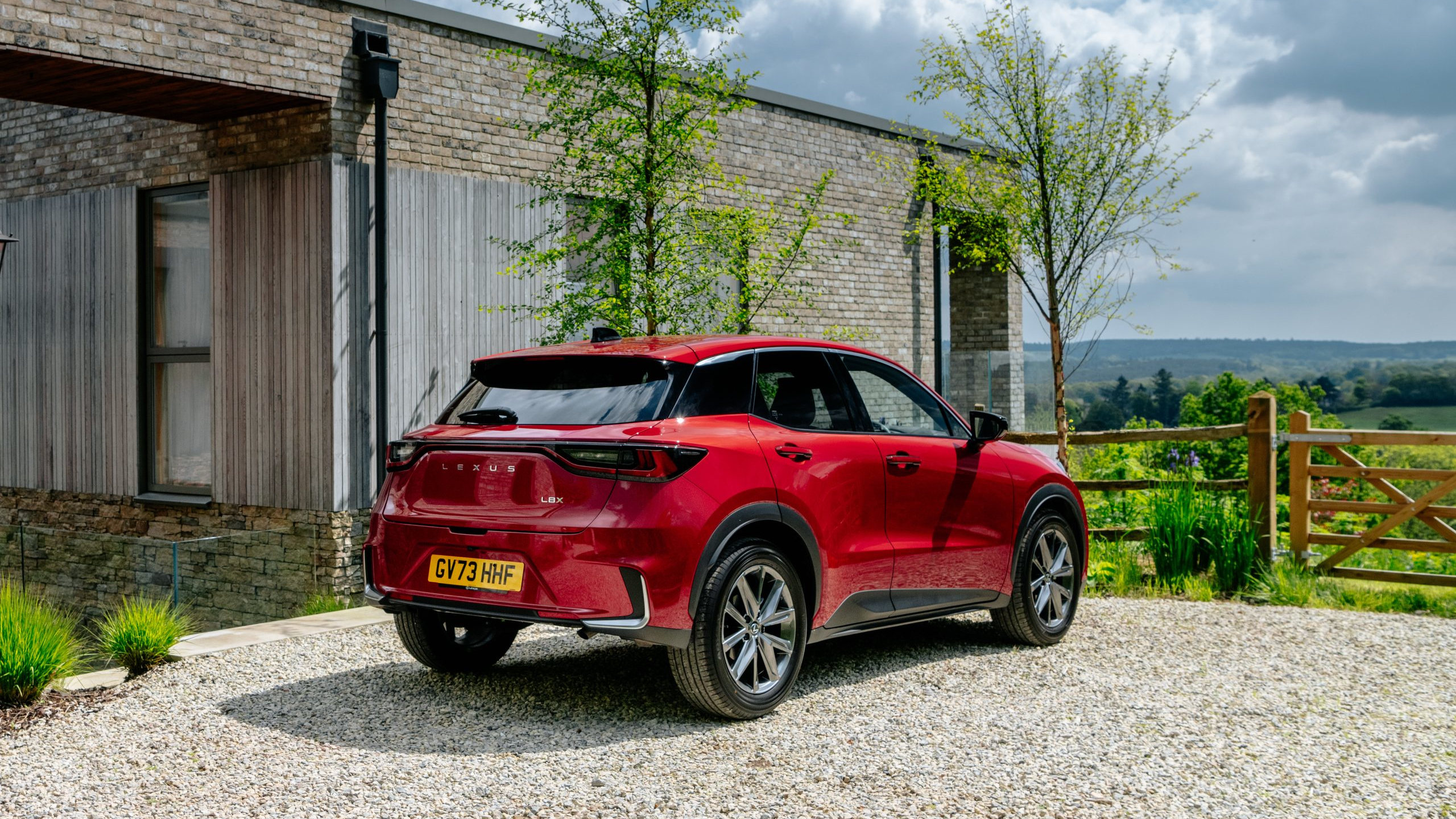 The Lexus LBX crams automotive luxury into a pocket-sized contemporary package
The Lexus LBX crams automotive luxury into a pocket-sized contemporary packageWe explore the world of Lexus’s diminutive LBX, and ponder on the validity of luxury design in a super small car
-
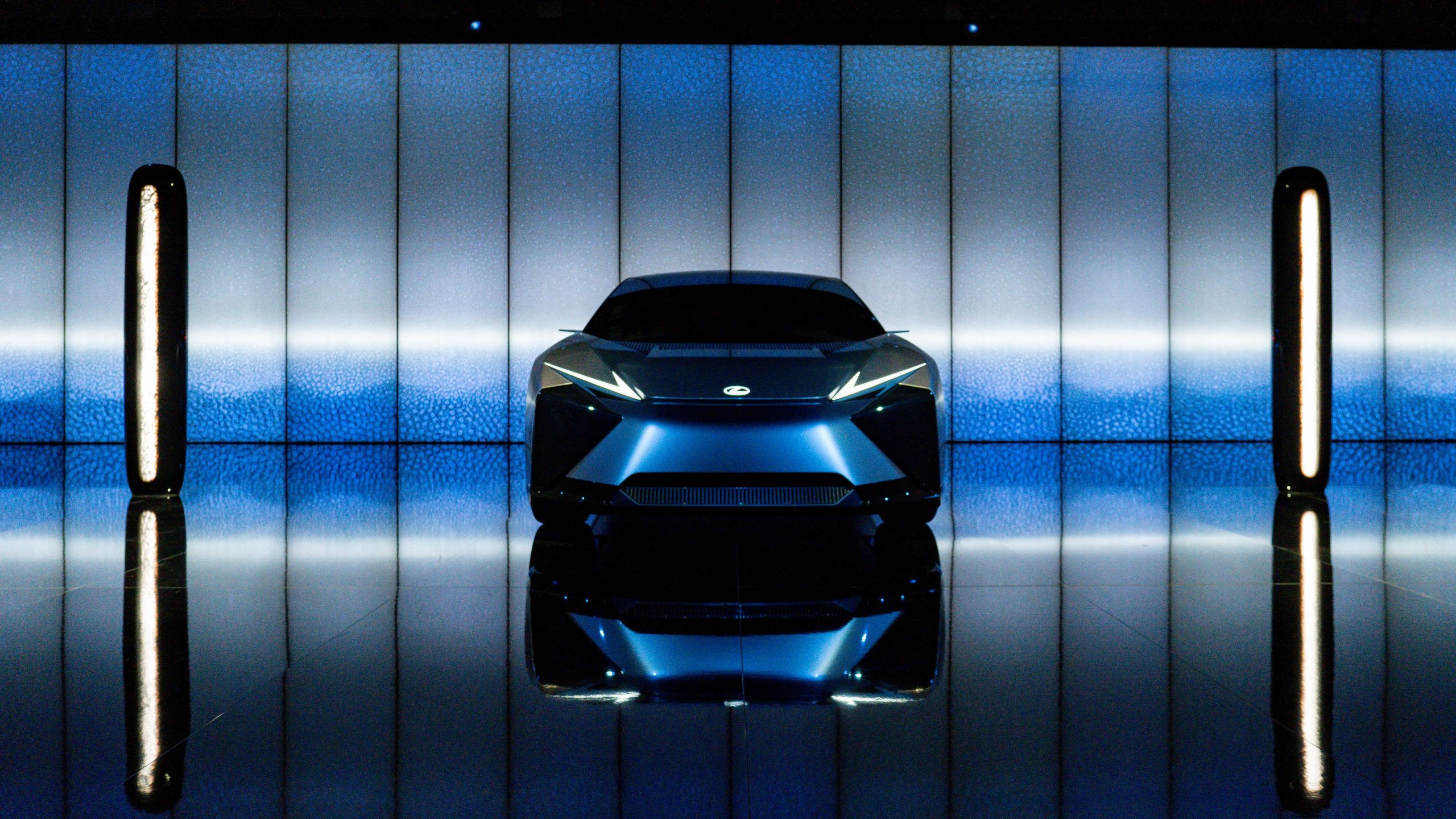 Lexus installation explores time at Milan Design Week 2024
Lexus installation explores time at Milan Design Week 2024Lexus brought designer Hideki Yoshimoto’s ‘Beyond the Horizon’ to Milan’s Art Point, part of its ongoing series of collaborations with Fuorisalone
-
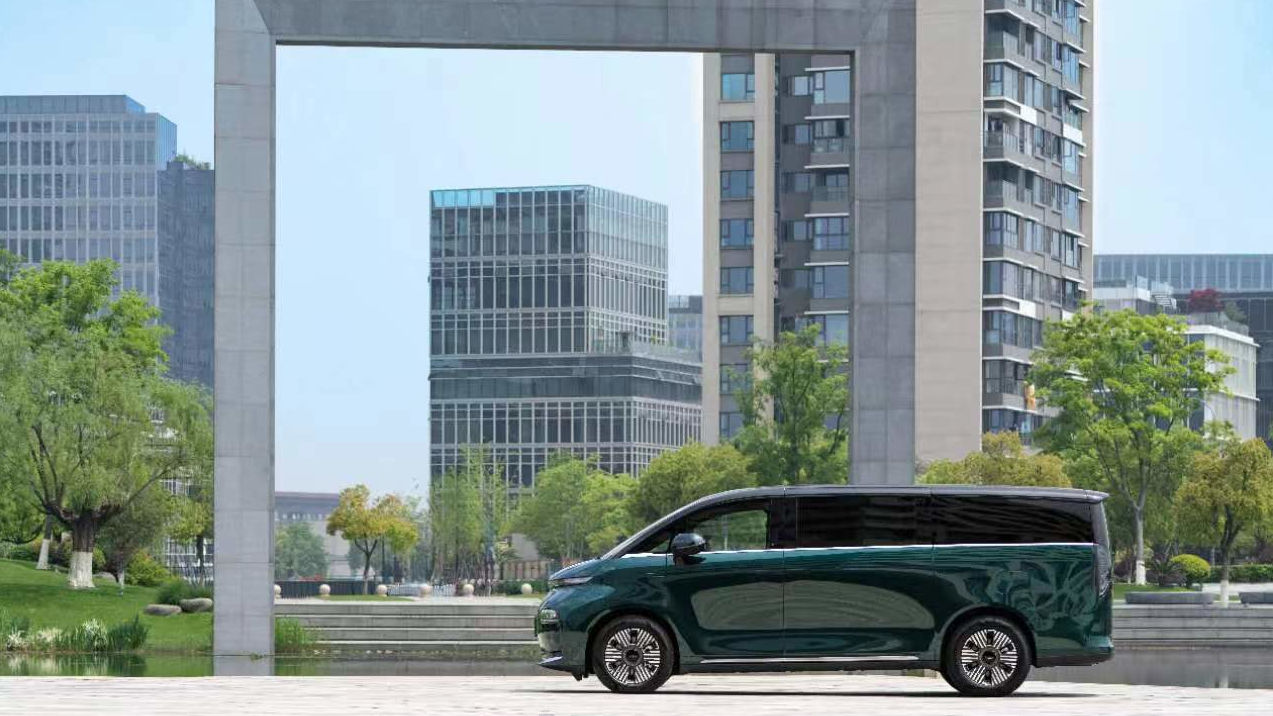 LEVC’s L380 is a truly magnificent minivan
LEVC’s L380 is a truly magnificent minivanThe London Electric Vehicle Company’s L380, is a magnificent minivan designed for upscale long-distance travel, as the maker of the London Taxi branches out into all-purpose EVs
-
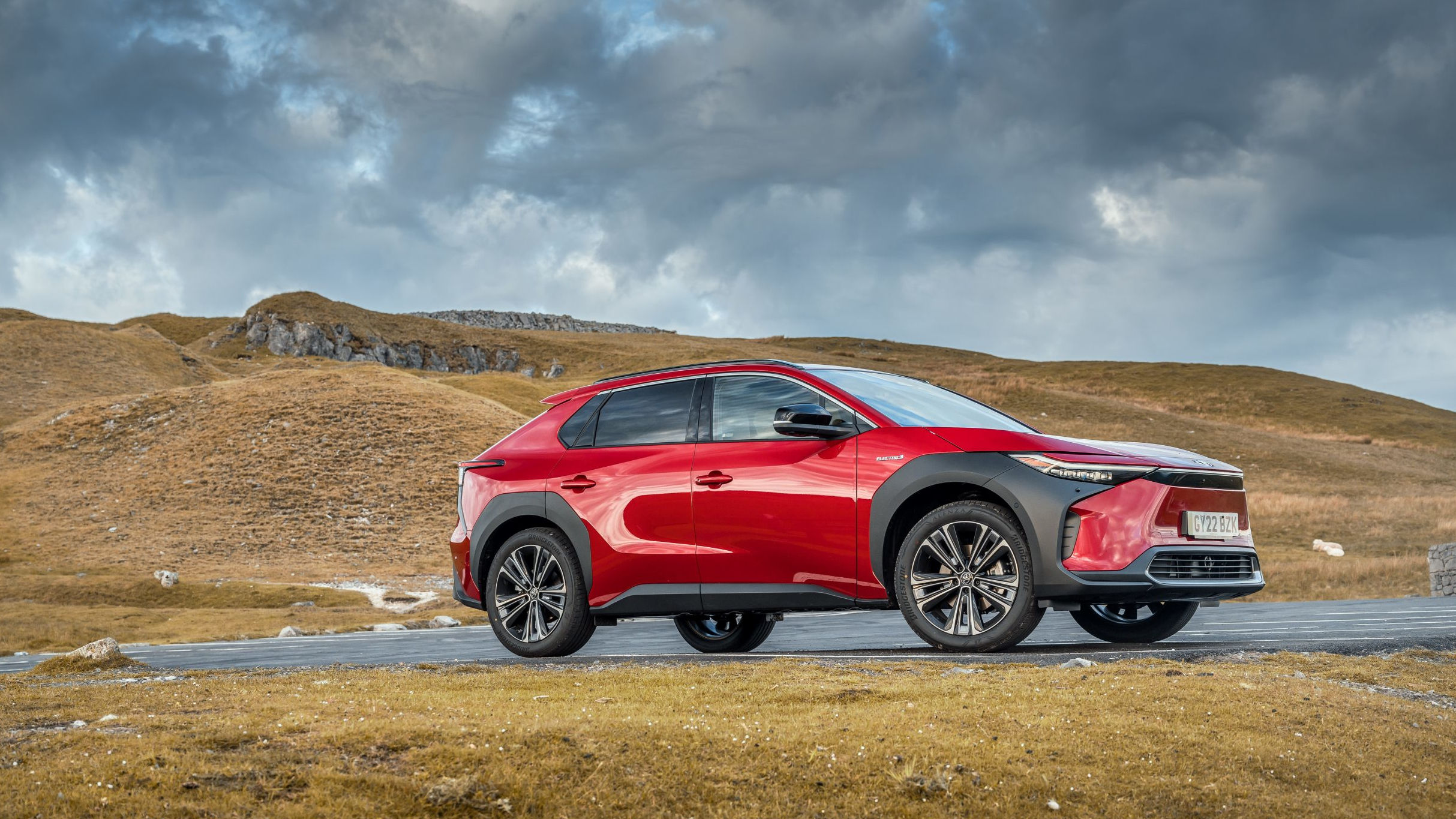 Toyota bz4X SUV is the marque’s first pure electric vehicle
Toyota bz4X SUV is the marque’s first pure electric vehicleThe Toyota bz4X is our first chance to explore how the long-standing masters of mass automobile production make an EV
-
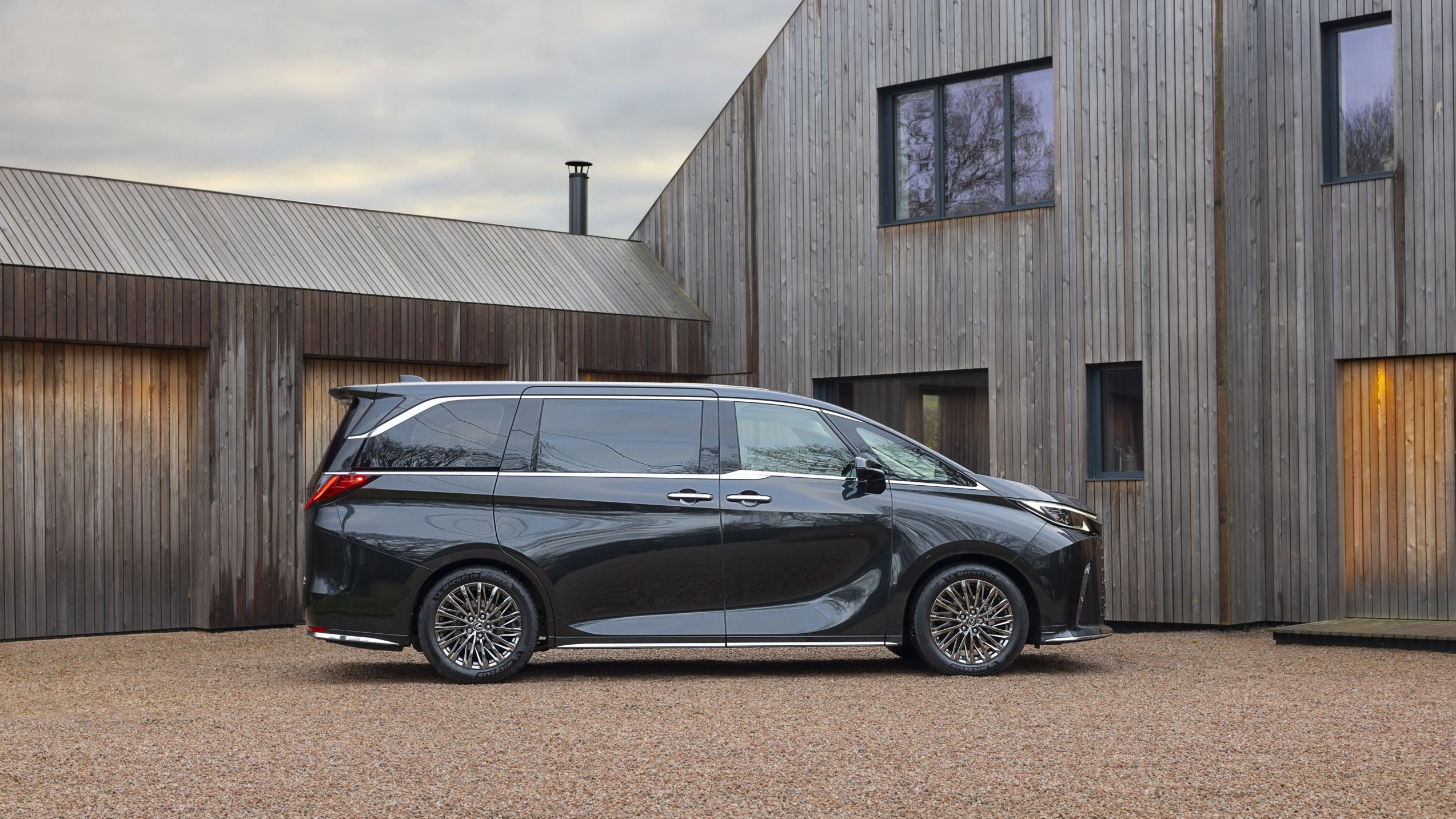 Lexus LM wants you to have the back-seat ride of your life
Lexus LM wants you to have the back-seat ride of your lifeThe back of the Lexus LM has the space, grace and accoutrements to rival a Rolls-Royce. Can this upscale minivan reinvent the luxury car?
-
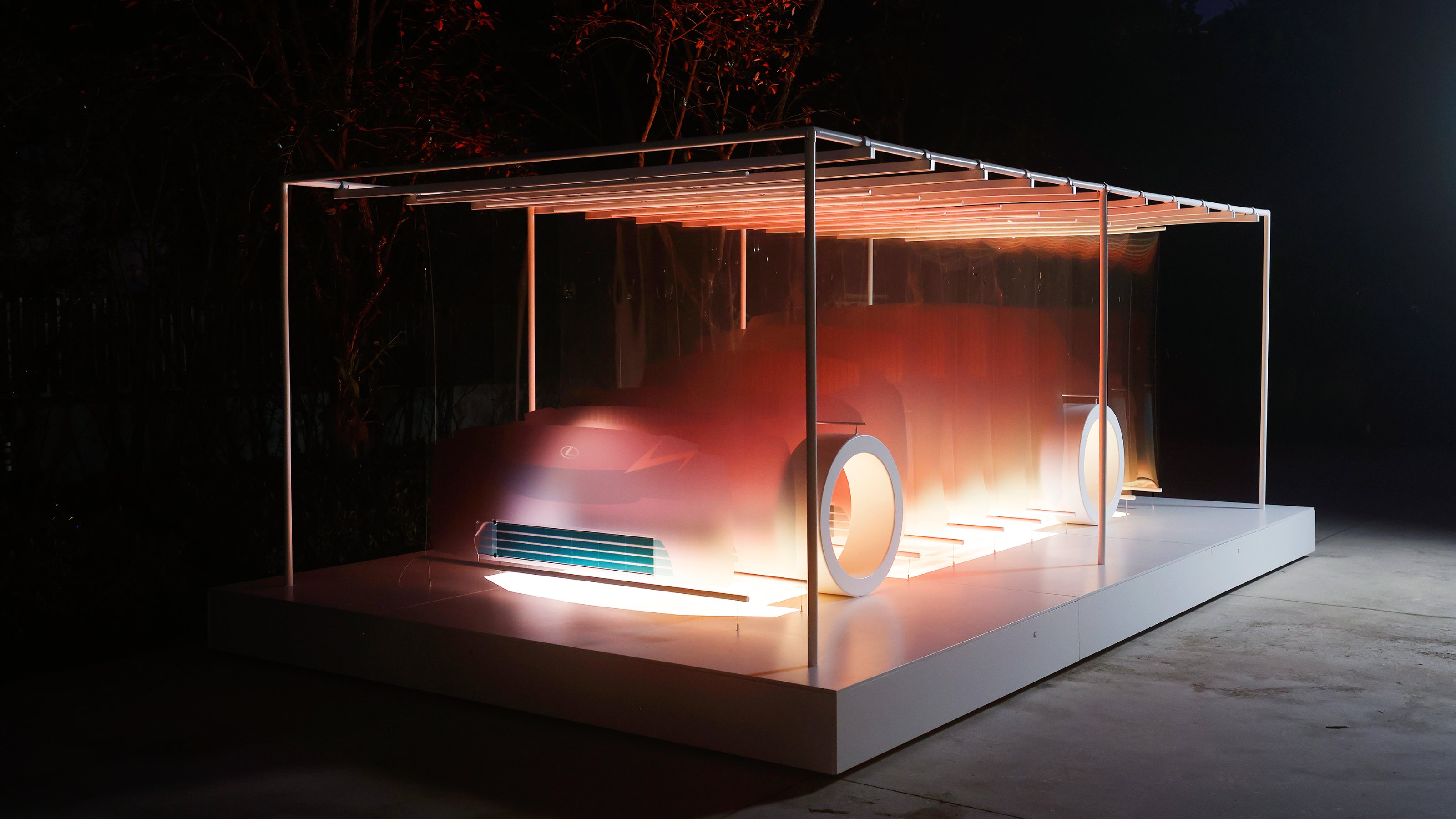 Marjan van Aubel’s ‘8 Minutes and 20 Seconds’ installation with Lexus is our Best Solar Roller
Marjan van Aubel’s ‘8 Minutes and 20 Seconds’ installation with Lexus is our Best Solar RollerThe Dutch solar designer Marjan van Aubel mounted an interactive installation in Miami to introduce Lexus’ new zero-emission LF-ZC concept car